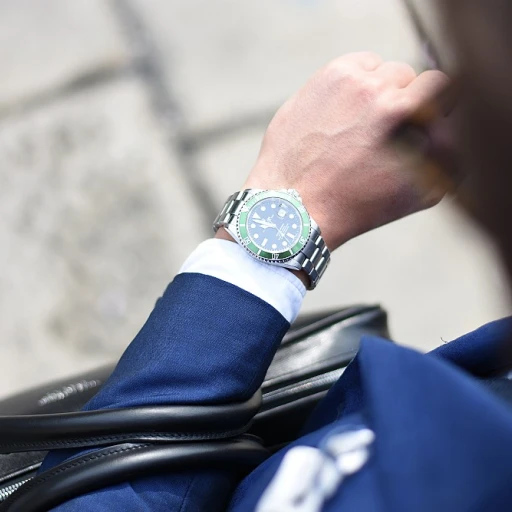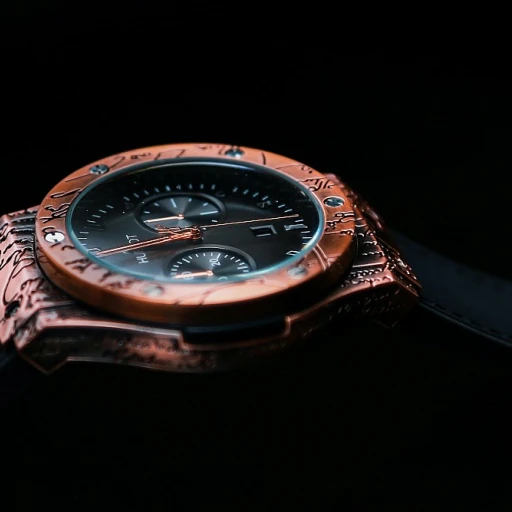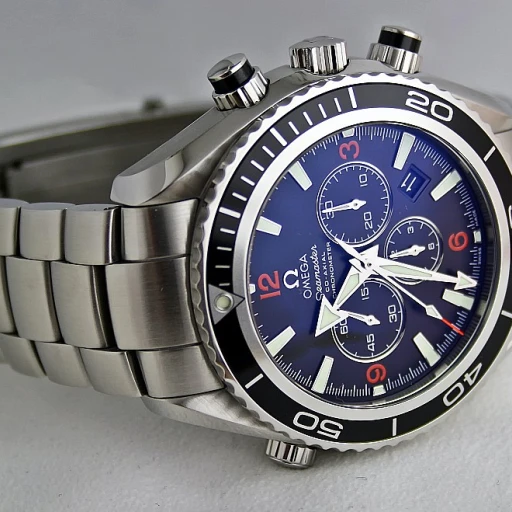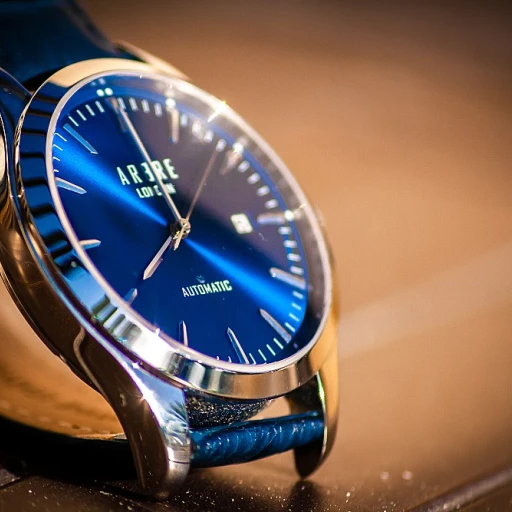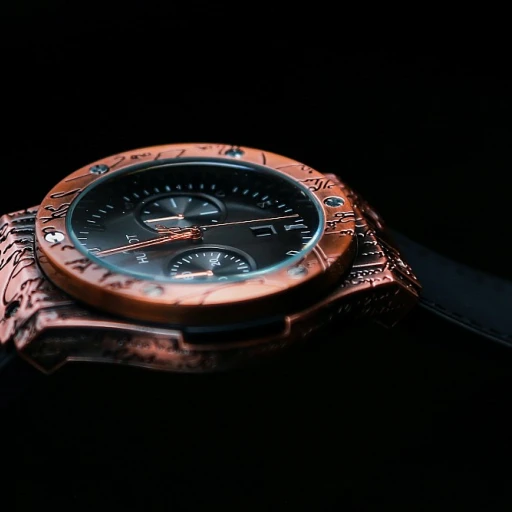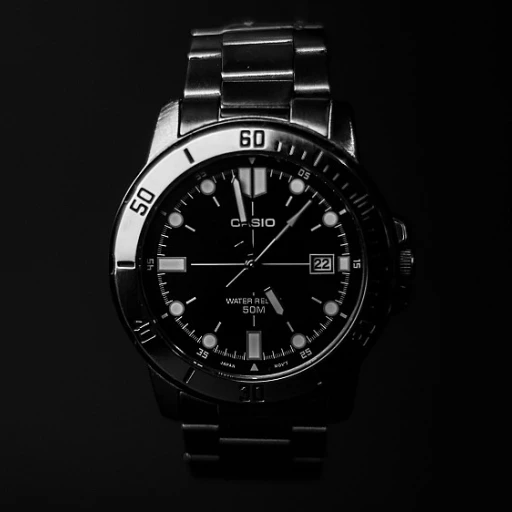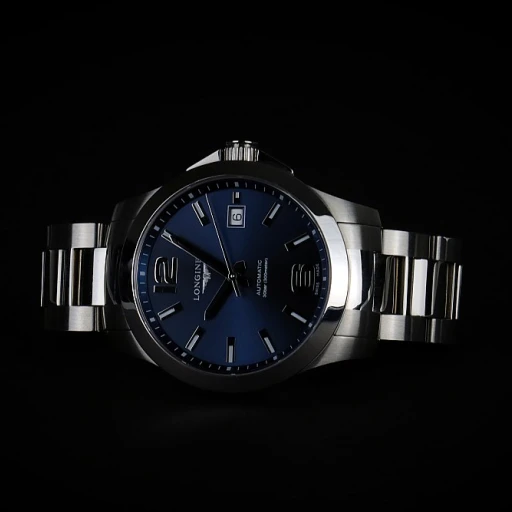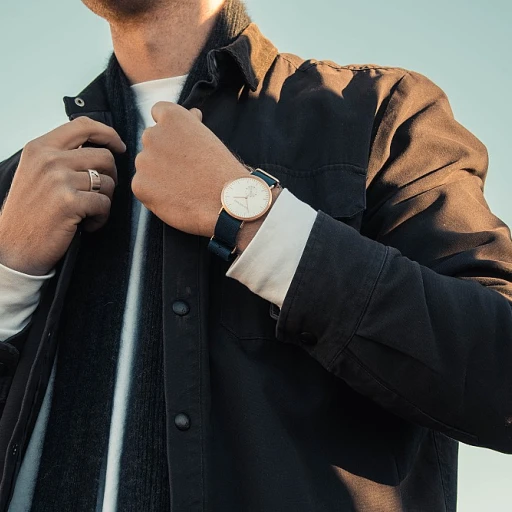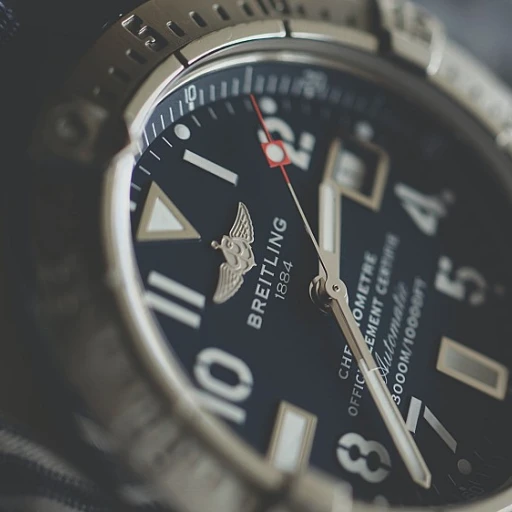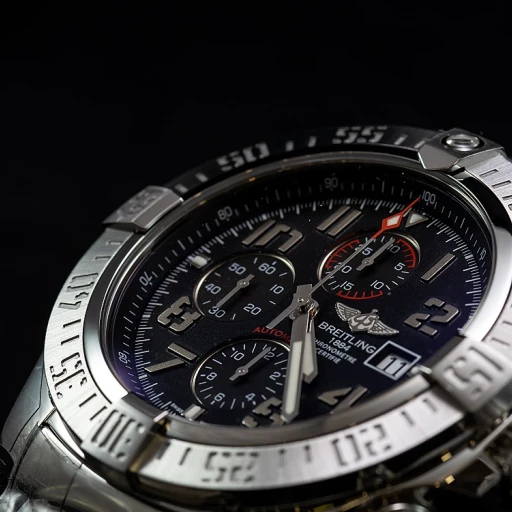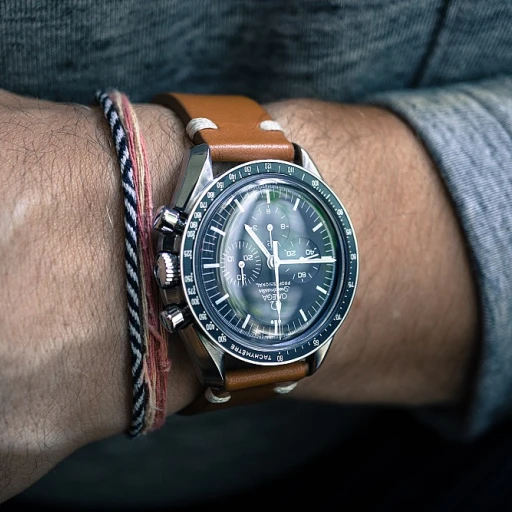
The Artistry and Craftsmanship of 1930s Timepieces
The Intricate Craft of 1930s Timepieces
The 1930s marked a distinctive era in watchmaking where the artistry and craftsmanship reached bold heights. During this decade, watchmakers crafted stunning pieces that beautifully combined form and function. These timepieces were not only designed to tell time but also to showcase the epitome of luxury and finesse. The 1930s watch collection stood out, with intricate detailing and sophisticated mechanisms that were marvels of engineering.
While gold and silver pocket watches from this era symbolized elegance, organizations aspired to create pieces that mirrored the artistic movements of the time, like Art Deco. The infusion of artistic elegance allowed watchmakers to design watches that were more than just devices—they were wearable art.
Renowned brands like Omega and Rolex played significant roles in defining the period's wristwatches, often featuring distinctive white and rose gold dials. The use of precious metals and attention to detail made these wrist and pocket watches not just timekeepers but statements of status and style.
Watchmaking craftsmanship of the 1930s also involved mastery in creating complex watch chains that elegantly complemented pocket watches. These chains, often in gold or silver, were meticulously crafted, further enhancing the wearer’s prestige.
While the watches of the 1930s sometimes come with a higher price tag, their elegance and historical significance offer collectors and enthusiasts a window into an era of remarkable watch artistry. These vintage pieces serve not only as a testament to the era’s exquisite craftsmanship but also as a rich legacy of artistry that continues to influence today’s watch designs.
Influential Watchmakers of the 1930s
The Masterful Architects Behind 1930s Masterpieces
The 1930s witnessed a crescendo in the art of watchmaking, where influential watch companies meticulously crafted timepieces that transcended mere functionality. During this period, brands like Rolex, Hamilton, and Omega anchored their status in the luxury watch industry, creating wrist watches and pocket watches that continue to captivate enthusiasts today. This era was marked by remarkable artistry and innovation, earning these watches a prestigious spot in the annals of horological history. Rolex, for instance, introduced models that exuded sophistication and precision. The watch company demonstrated an astute understanding of both wearability and style, producing wrist watches that remain sought-after collectibles. Their use of gold, silver, and exquisite dial designs characterized the distinct aesthetic appeal of the period. Another trailblazer, Hamilton, carved its niche through a dedication to excellence and innovation. Producing both wrist and pocket watches, Hamilton's pieces were known for their reliable timekeeping and intricate design work. Vintage watches from this brand continue to fetch impressive prices at auctions, often highlighting their enduring allure and outstanding craftsmanship. Omega watches from the 1930s are celebrated for integrating technical prowess with ornamental charm. The art deco movements of the time heavily influenced their designs, resulting in watches that were both luxurious and ahead of their time. Omega's dedication to craftsmanship has ensured that their vintage pieces remain in high demand among collectors. These influential watchmakers combined the flourishes of art deco with the precise mechanics expected in a timepiece. The use of materials such as rose gold and white gold allowed for unique expressions of elegance, while the intricate details like a watch chain added to the aesthetic appeal. Collectors and enthusiasts view these timepieces not only as symbols of luxury but as windows into a bygone era of artistry and innovation. For those interested in delving deeper into the influence of these iconic brands on modern timepieces, it's worth exploring more about antique timepieces for women, which highlights the continued charm and technique that emerged from this golden age of watchmaking.Design Trends and Aesthetic Influences
Design Trends That Defined an Era
The 1930s were a transformative period for watch design, a time when fashion met functionality in clock-making. One of the most unmistakable design influences of the decade was the art deco movement. Characterized by its bold geometric patterns, symmetry, and vibrant colors, art deco left an indelible mark on both pocket and wrist watches. During this era, luxury watches began to embrace sleeker, more streamlined shapes.- Art Deco Influence: Timepieces from this period often featured stylized dials and hands, relying on symmetry and geometric shapes. The use of precious materials like gold and silver emphasized luxury.
- Materials and Colors: The industry's bold experimentation with colors led to dials adorned in hues of white and black, often underscored with accents of rose gold or silver—a reflection of the global taste for elegance in a time of recovery.
- Case Shapes & Sizes: A shift occurred with the rise of the wrist watch. Smaller, more portable, sizes became preferable over the traditional, larger pocket watches. Rectangle and tonneau-shaped cases emerged, complementing the prevailing art deco aesthetic (read more about art deco elegance here).
Technological Advancements in Watchmaking
Revolutionizing Timekeeping: Technological Breakthroughs
The 1930s marked a transformative period in watchmaking history, where technological advancements flourished, propelling pocket watches and wrist watches into new realms of accuracy and sophistication. This era saw the merging of traditional watchmaking with innovative engineering, leading to creations that remain highly prized in today’s vintage market. During this decade, the watch industry witnessed a significant shift from the larger pocket watches to the more convenient wrist watches. This transition was not merely an aesthetic choice but also a technological challenge. The reduction in size required watchmakers to refine and miniaturize the complex mechanisms within, without compromising on accuracy or reliability. The development of automatic movements during this period was a game changer. Prior to this, wrist watches primarily relied on manual winding. The advent of self-winding mechanisms allowed the wearer’s movement to power the watch, a revolutionary concept for the time, contributing greatly to the convenience and allure of wrist watches. Materials used in watchmaking also evolved during the 1930s. Metals like rose gold and white gold gained popularity, along with the continued use of silver and gold. These luxurious materials were not only chosen for their intrinsic value but also for their durability and aesthetic appeal. The precision engineering required to work with such materials positioned companies like Hamilton and Omega at the forefront, combining elegance with innovation. In addition to materials and movement technology, the 1930s were notable for advancements in water and shock resistance. This era saw the initial development of features that would later become standard, protecting watches from everyday wear and tear, while enhancing their appeal as reliable companions for adventurers and professionals alike. From a collector’s perspective, watches from this period are considered gems due to their blend of intricate craftsmanship and pioneering innovation. The technological advances of the 1930s left an indelible mark on the watch industry, laying the groundwork for modern developments and maintaining their status as covetable luxury timepieces.Collecting Vintage Watches from the 1930s
The Allure of Possessing a Piece of History
Collecting vintage watches from the 1930s presents enthusiasts with a unique opportunity to own a piece of history, where form met function in the loveliest of ways. The allure of these antique treasures lies in their timeless art deco designs and exceptional craftsmanship, which the era was known for. The watches from this period, whether they be pocket or wrist, are characterized by meticulous artistry and craftsmanship. Timepieces made of rose gold or white gold exhibit a beautiful patina that only time can bestow. It's not uncommon to find these vintage wonders adorned with stunning dial artwork, intricate chain designs, and unique engravings that showcase both art and watchmaking acumen. Selecting a watch from legendary brands such as Rolex or Omega from the 1930s gives collectors the chance to own creations representing the pioneering days of iconic watch companies. A vintage Rolex watch, for instance, often demands higher prices due to its historical significance and rarity, reflecting the brand's enduring legacy. Similarly, vintage Omega watches from this era are sought after for their remarkable precision and elegant aesthetics.Investment Potential and Market Dynamics
While the appreciation for these vintage watches primarily springs from their historical artistry and sentimental value, they have also proved to be solid investments. Market dynamics for antique timepieces can fluctuate, yet they generally trend upwards, making them a sought-after collectible for both novice and seasoned investors. The enduring appeal of 1930s watches stems from a few factors:- Rarity and Condition: As time goes by, the number of well-preserved 1930s timepieces diminishes, making them increasingly rare and valuable—a point of interest for discerning collectors.
- Brand Legacy: Collectors often focus on brands with lasting prestige. A vintage Rolex or Hamilton, for instance, not only comes with history but confidently integrates into contemporary collections, boosting its desirability.
- Material and Design: The use of precious materials like gold and silver, combined with distinctive art deco designs and hand-crafted details, ensure these watches remain standout pieces in any watch collection.

